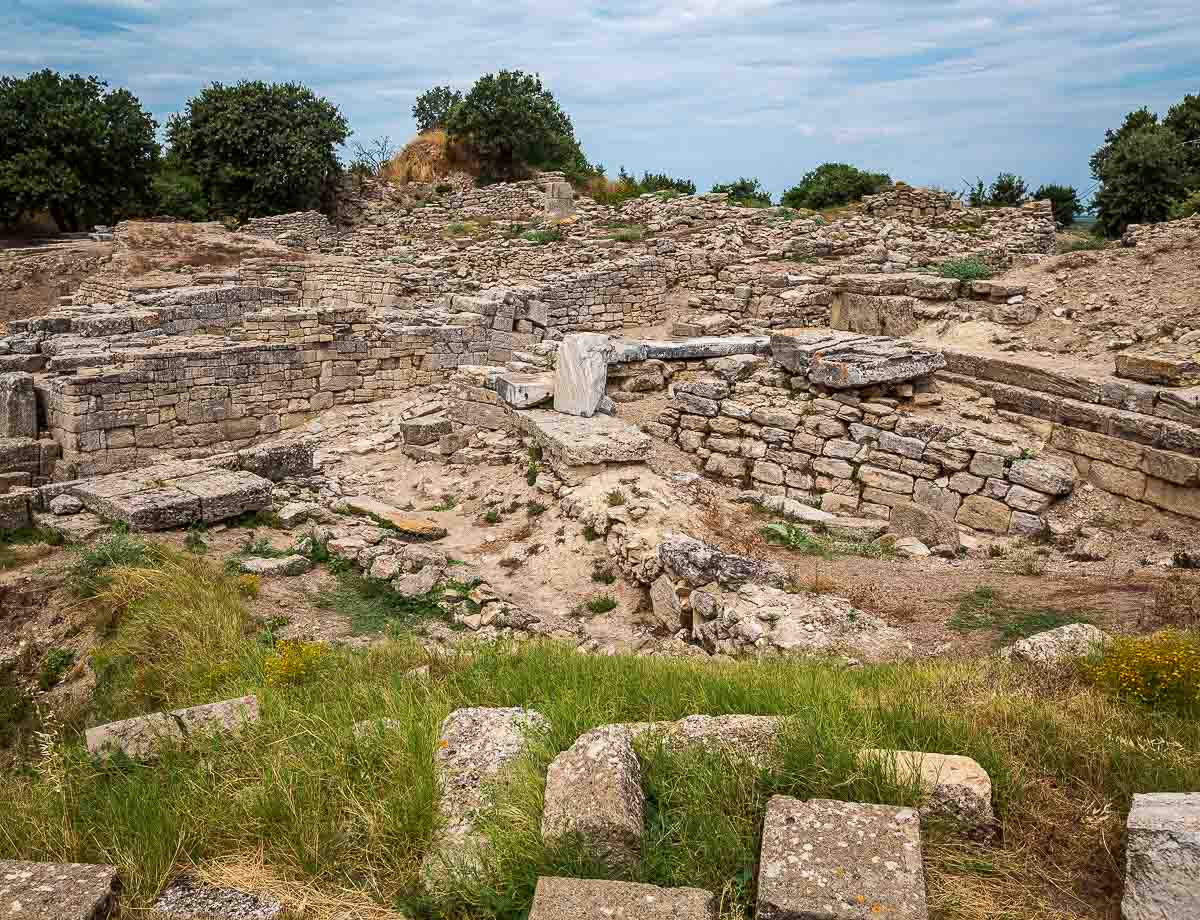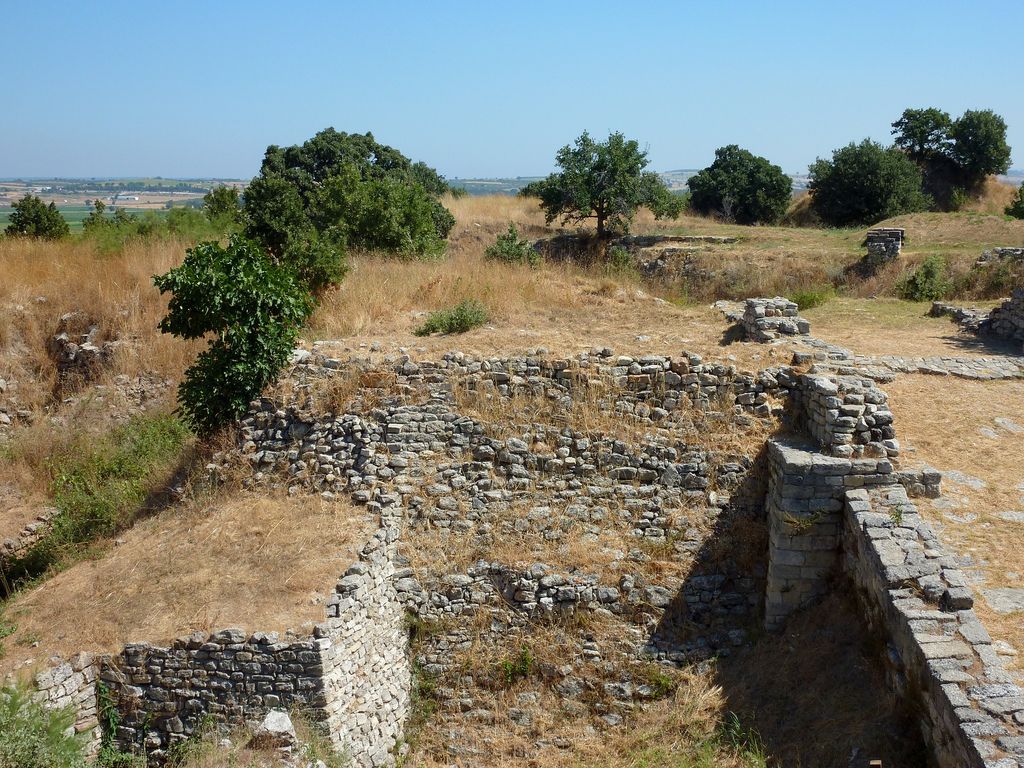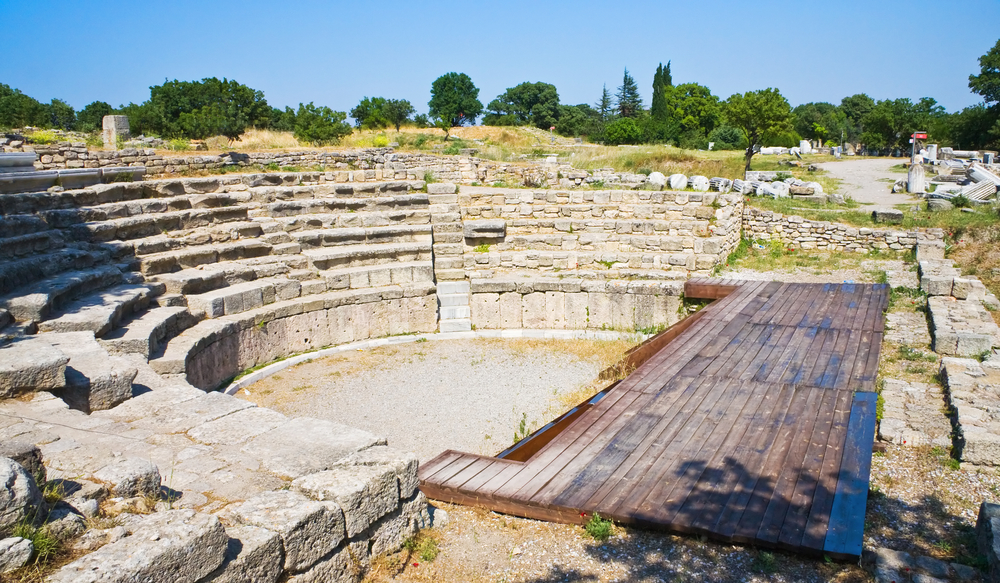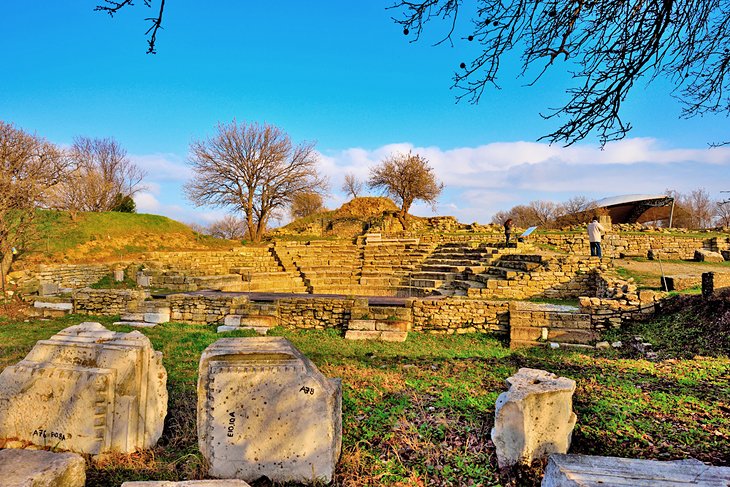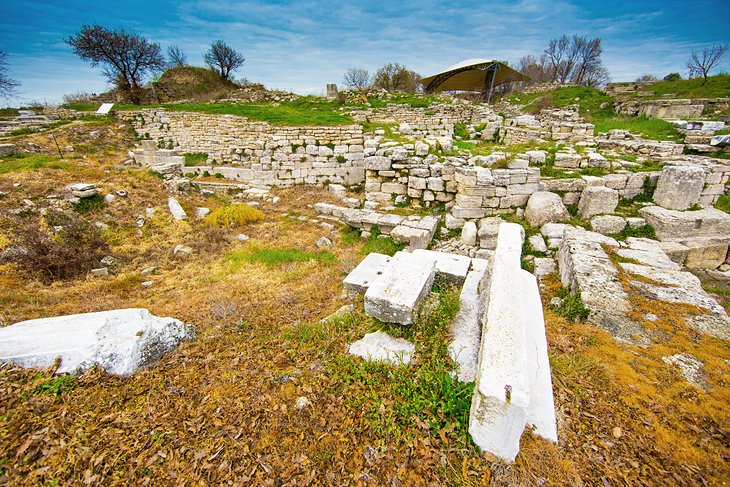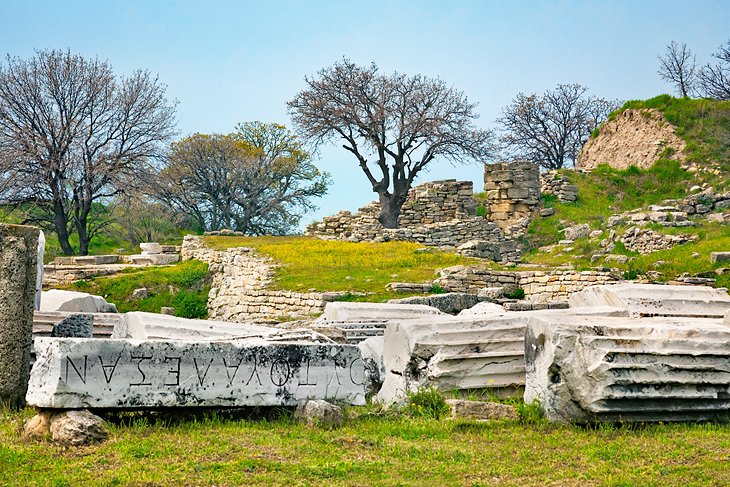Troy, the historical city with many mythical legends, has a very rich past of 4000 years and still fascinates the archaeological community. Since 1871, the study of the remains of Troy has made it possible to learn more about the Anatolian civilizations (geographical region of present-day Turkey) and their exchange with the Mediterranean world. The archaeological site of Troy is one of the most studied in the world and is full of incredible riches.

Located in western Turkey, in the Çanakkale province, the city of Troy is estimated to be 4000 years old. It was at the center of the cultural development of the ancient world and was marked by mythical wars such as the Siege of Troy by the Greeks in the 13th century BC. AD, transcribed by Homer in The Iliad . The site is mainly formed by rubble and buried ruins which prove the successive accumulations of several millennia of human occupation.
Analyzes and archaeological studies of the site of Troy reveal that the region has been inhabited by humans for more than 8000 years. Located at the center of several peoples and cultures, Troy has been a remarkable cultural gateway between the Balkans, Anatolia, Troad (region of Troy), the Black Sea and the Aegean Sea. It has mainly acted at the level of trade, the migration of peoples, the transmission of cultural influences and knowledge.
For nearly a century and a half, 24 excavation campaigns have made it possible to establish certain historical facts about Troy, in particular the periods of occupation of the city with the infrastructures built for this purpose. Traces of ancient monuments have also been discovered there, such as a temple of Athena, a sanctuary, and cultural buildings along the agora. The mixture of cultures also brings a lot of information about the Greek, Roman and Ottoman cultural influences on the city of Troy.
Archaeologists have established the presence of ancient prehistoric cemeteries, funerary infrastructures dating from the Hellenistic era, but also various commemorative monuments (Battle of the Dardanelles), Greco-Roman settlements, Roman and Ottoman bridges. The archaeological landscape of Troy provides rich information on the development of European and Asia Minor civilization. Archaeological traces reveal more than 3000 years of history modified by different cultures. The excavations of the site of Troy also bear witness to a remarkable cultural contribution to major literary works ( The Iliad of Homer, The Aeneidof Virgil) that have influenced more than two millennia of history. If you want to go back in time, immerse yourself in a historic city 4000 years old, do not hesitate any longer and visit the impressive archaeological site of the city of Troy!

